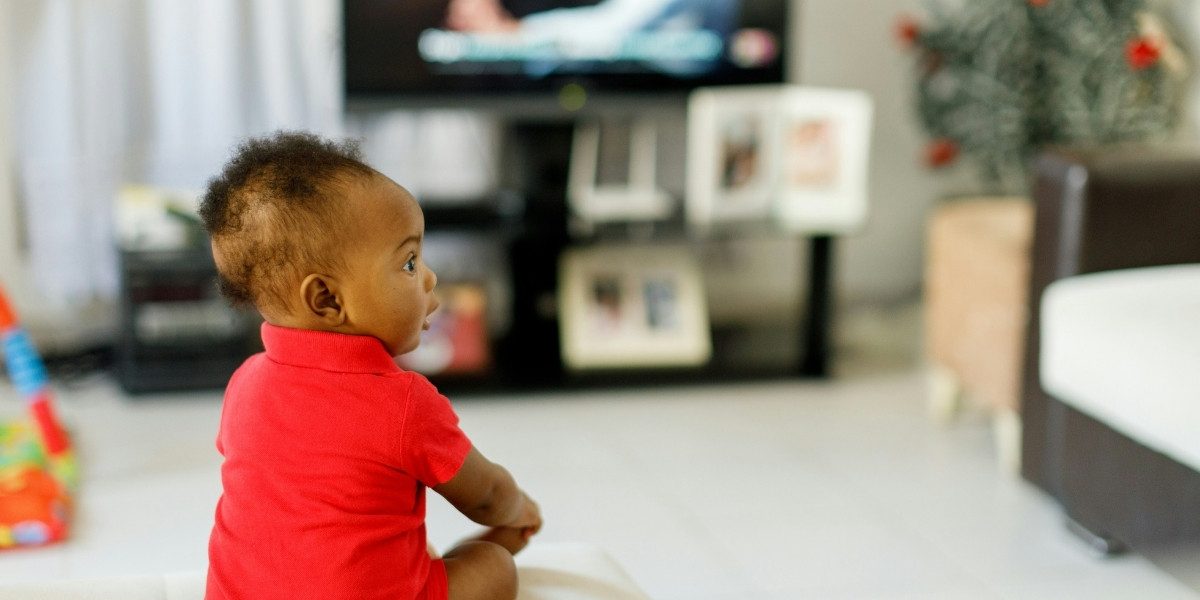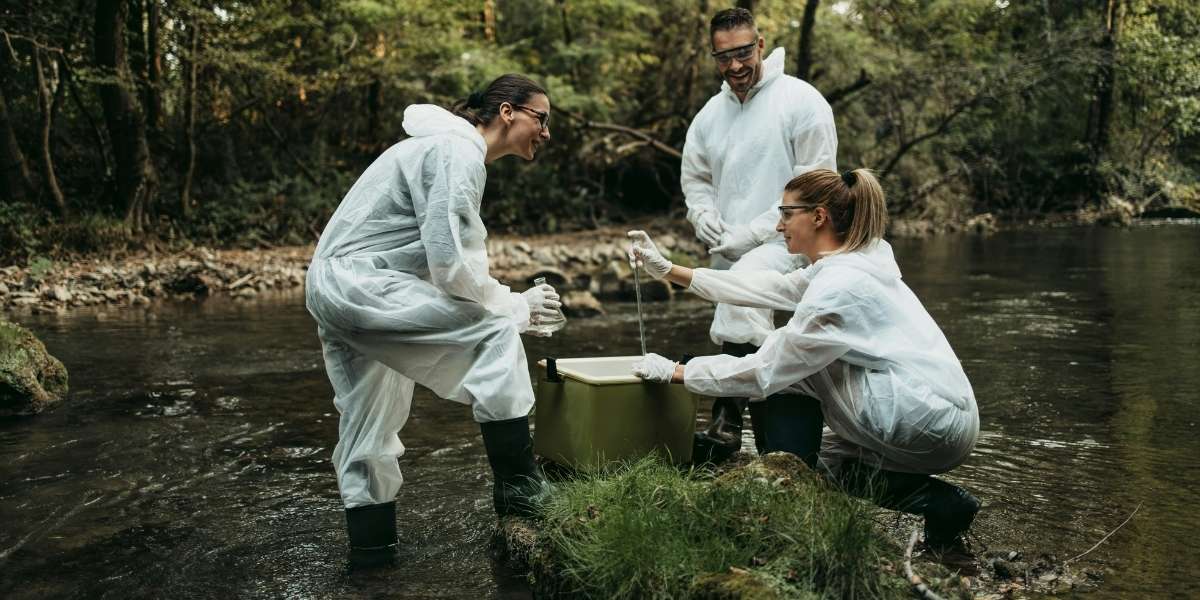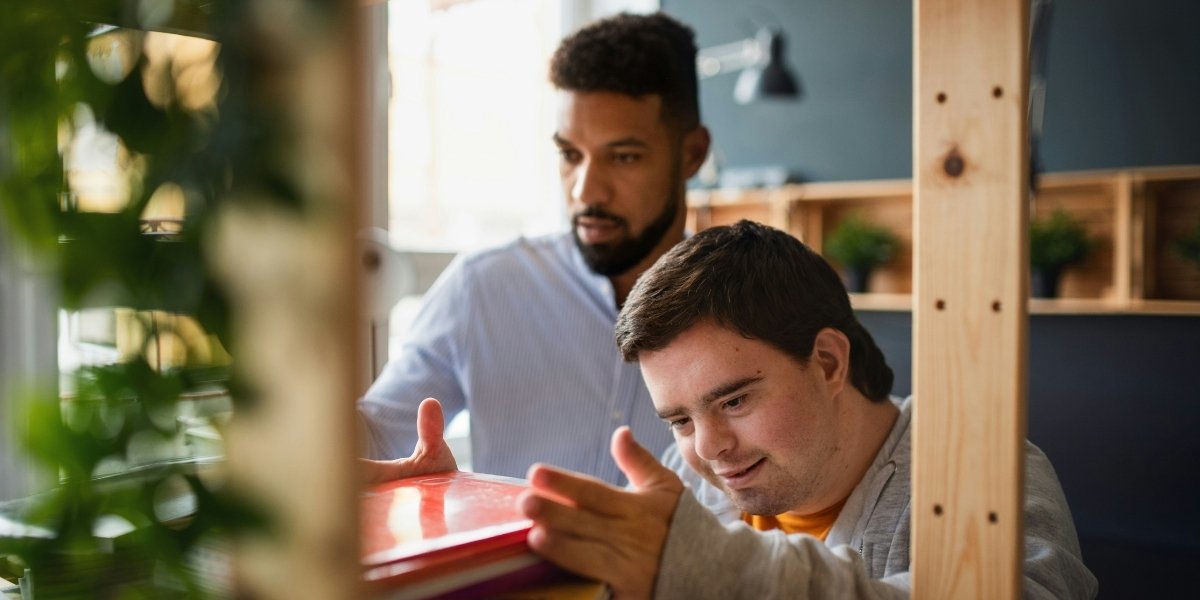Engaging Young Minds: The World of Developmentally Appropriate Entertainment for Babies
The early years of life are a time of rapid growth and development, with infants undergoing remarkable changes in their cognitive, motor, sensory, and emotional abilities. During this crucial time, the entertainment provided to babies isn’t just a way to pass the time; it plays a significant role in fostering sensory exploration, cognitive growth, and emotional well-being. Developmentally appropriate entertainment activities are essential for nurturing infants’ curiosity, promoting healthy brain development, and laying the foundation for learning.
This delves into the key principles of infant development, exploring how entertainment for babies can align with their developmental milestones, promote engagement, and support healthy growth. By understanding the types of activities and toys that are most beneficial, caregivers can provide enriching experiences that support babies’ developmental needs in a safe and stimulating way.
Read Also: How Reading Books Boosts Intelligence and Unlocks the Power of Words
Understanding Infant Development
Infants go through several developmental stages in their first year of life, each with its own milestones. Understanding these milestones is crucial for providing appropriate entertainment that supports their growth. These stages include sensory development, motor skills, cognitive abilities, and social-emotional growth.
1. Sensory Development (Vision, Hearing, and Touch)
At birth, babies are equipped with all five senses, but their sensory processing and understanding of the world are still developing. In the early months, babies’ vision is limited, but they can focus on high-contrast visuals, such as black-and-white patterns. Their hearing improves quickly, and they begin to respond to sounds, including the voices of their caregivers. Touch is also an important sense for babies, as they explore the world by mouthing objects and feeling textures.
2. Motor Skills (Reaching, Grasping, Crawling)
In the first year, babies develop motor skills at an astonishing rate. They begin by learning to control head movements, followed by rolling over, sitting, and eventually crawling. By around 6 months, babies start reaching for and grasping objects, a critical step in developing hand-eye coordination and fine motor skills.
3. Cognitive Development (Object Permanence, Cause and Effect)
Babies begin to understand basic concepts such as object permanence, the idea that objects continue to exist even when they are out of sight. Around 6-8 months, they start grasping the idea of cause and effect, such as when they shake a rattle and it makes noise. This is the foundation for problem-solving skills and learning through exploration.
4. Social-Emotional Development (Bonding, Communication)
During the first year, babies are rapidly developing social and emotional skills. They begin to recognize familiar faces, especially those of their caregivers, and form strong emotional bonds. They also begin to communicate through cooing, babbling, and gestures. By 6-9 months, babies will engage in simple interactions, such as smiling in response to someone’s smile or participating in the back-and-forth exchange of communication.
By understanding these stages, caregivers can tailor entertainment to meet the developmental needs of babies and help promote their learning and well-being.
Sensory Exploration: Engaging Babies’ Senses
One of the most important ways to stimulate development in babies is through sensory exploration. At a young age, babies are naturally curious and eager to explore the world around them through their senses. Providing safe, stimulating activities and toys that engage babies’ senses is crucial for promoting brain development.
1. High-Contrast Visuals
In the early months, babies’ vision is still developing, so high-contrast visuals—such as black-and-white patterns—are especially engaging for them. Toys like mobiles with bold, contrasting colors or soft books with simple, high-contrast images can hold babies’ attention and promote visual tracking.
2. Gentle Sounds
Hearing is another important sense that babies develop early on. Soft sounds, like lullabies or rattles, can captivate babies and help them start recognizing sounds. Sound-producing toys, such as soft musical instruments or musical mobiles, can also stimulate babies’ auditory senses and introduce them to rhythm.
3. Tactile Exploration
Babies love to explore objects with their hands and mouths. Soft textures like those found in sensory balls, soft books, or fabric toys are perfect for engaging a baby’s sense of touch. Safe teething toys also help babies explore textures while soothing their gums.
Providing babies with varied sensory experiences through safe and stimulating toys encourages their brain development and helps them begin making connections with the world around them.
Interactive Play: The Importance of Caregiver Interaction
While toys and objects play an important role in entertainment, interactive play with caregivers is arguably the most valuable form of entertainment for babies. Engaging in back-and-forth interactions fosters bonding, supports language development, and stimulates cognitive growth.
1. Singing and Talking
Babies respond to the human voice from an early age, making singing songs and talking to them important activities. Simple rhymes, lullabies, or talking about the things happening around them can help babies develop early language skills and foster emotional connections.
2. Peek-a-Boo and Simple Games
Games like peek-a-boo or pat-a-cake help babies develop their social-emotional skills, as well as their understanding of cause and effect. These games engage babies’ attention, encourage them to participate, and bring about feelings of joy and anticipation.
3. Tummy Time
While it might not always seem like “entertainment,” tummy time is crucial for building babies’ muscle strength and motor skills. This activity, which encourages babies to lift their heads and eventually crawl, helps develop the muscles necessary for future physical milestones.
Interactive play with caregivers is essential for babies’ development, as it encourages bonding, socialization, and early learning in an emotionally supportive environment.
Developmentally Appropriate Toys and Activities
When selecting toys and activities for babies, it’s important to choose options that are safe, engaging, and suited to their developmental stage. Developmentally appropriate toys help babies achieve key milestones, foster creativity, and stimulate their curiosity without overwhelming them.
1. Open-Ended Toys
Open-ended toys, such as building blocks, stacking rings, and shape sorters, allow babies to explore and use their imagination. These types of toys encourage problem-solving, fine motor skills, and cognitive development as babies experiment with different ways to interact with them.
2. Size and Material Considerations
Toys should be the right size and made of non-toxic, baby-safe materials. For example, soft, squeezable toys help babies with tactile exploration and muscle development. Avoid small parts that could be a choking hazard, and opt for sturdy, washable materials to ensure safety and durability.
3. Age-Appropriate Complexity
Toys should match a baby’s developmental stage in terms of complexity. For example, younger babies may enjoy soft rattles that make noise when shaken, while older babies may be ready for toys that challenge their ability to grasp, manipulate, and explore.
Developmentally appropriate toys help stimulate babies’ growth while keeping them engaged and entertained in a safe manner.
The Role of Music and Movement in Baby Development
Music and movement play a vital role in babies’ development, particularly in areas like sensory integration, emotional regulation, and language acquisition. Exposure to music can positively affect a baby’s brain development, and gentle movement helps to develop motor skills and coordination.
1. Lullabies and Nursery Rhymes
Singing lullabies or nursery rhymes to babies can help them develop language skills while providing emotional comfort. Music can have a soothing effect, helping babies calm down and feel secure. The rhythm and melody of songs also aid in language development and auditory processing.
2. Gentle Rocking and Swaying
Gentle movements, such as rocking or swaying, not only comfort babies but also assist in the development of their balance and coordination. Movement is essential for babies to learn about their bodies and their relationship to space, which is vital for motor development.
Balancing Stimulation and Overload
While sensory stimulation is essential for babies’ development, it’s also important to balance stimulation to avoid overload. Babies can become overstimulated when exposed to too much noise, visual input, or activity, which may lead to irritability or difficulty sleeping.
1. Recognizing Signs of Fatigue
Caregivers should be attentive to signs of fatigue or overstimulation, such as crying, yawning, or looking away. When these signs appear, it’s important to provide quiet time or a calming environment to help babies relax and process what they’ve experienced.
2. Moderate Stimulation for Healthy Development
Providing the right amount of stimulation is key. This can be achieved by alternating periods of play and rest, offering a variety of sensory experiences without overwhelming the baby.
The Digital Landscape: Limited Screen Time for Babies
While digital media is increasingly present in our lives, screen time for babies should be approached with caution. The American Academy of Pediatrics recommends that children under the age of 18 months avoid screen time, except for video calls. Infants benefit most from interactive, real-world experiences rather than passive viewing.
1. The Importance of Real-World Interaction
Instead of relying on screens, babies should be engaged in activities that involve direct interaction with caregivers and their environment. Real-world experiences, such as exploring textures, listening to sounds, and seeing faces, are far more beneficial for early development.
Read Also: Building a Foundation: The Value of Acting, Singing, and Dance Classes for Aspiring Performers
Nurturing Babies Through Developmentally Appropriate Entertainment
Providing babies with developmentally appropriate entertainment is vital for their growth and well-being. Through sensory exploration, interactive play, and developmentally tailored toys and activities, caregivers can support cognitive, emotional, and physical development during the critical early years. As we move forward, it’s important to prioritize real-world interactions over digital distractions, offering babies a balanced mix of stimulation and rest that fosters healthy development.
By understanding the unique needs of babies and curating enriching experiences, caregivers can ensure that the entertainment provided contributes positively to their growth, learning, and overall development.














